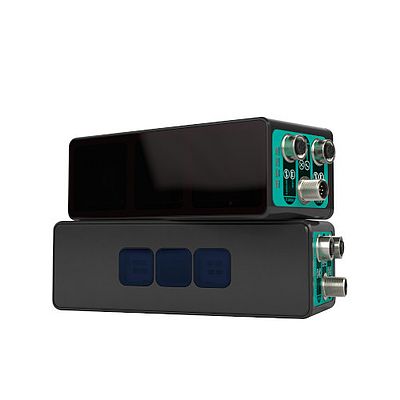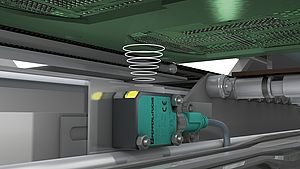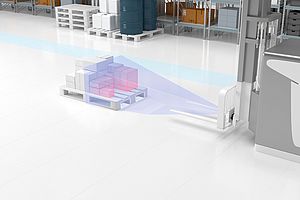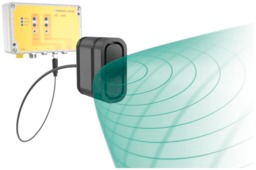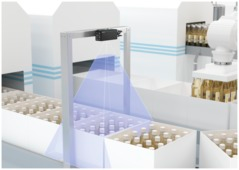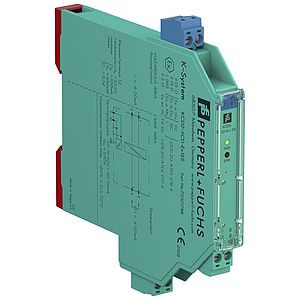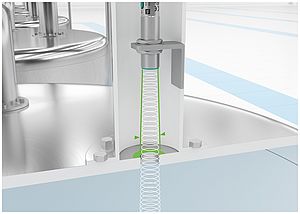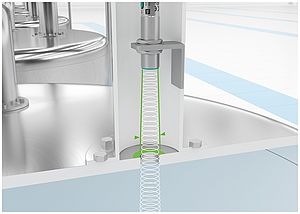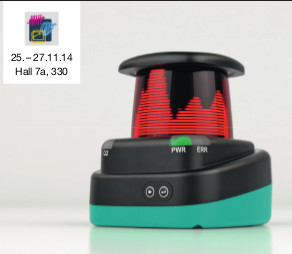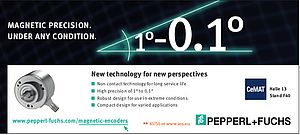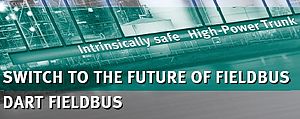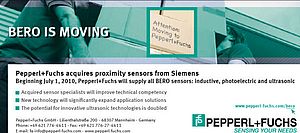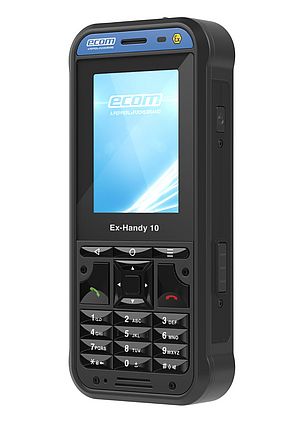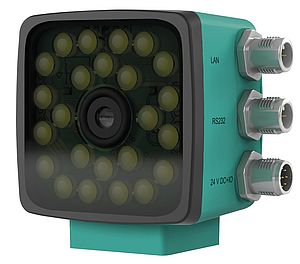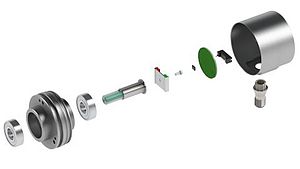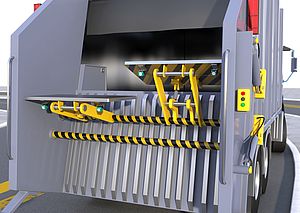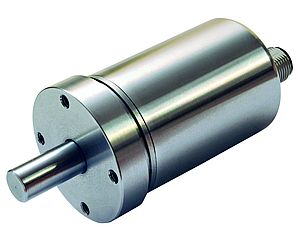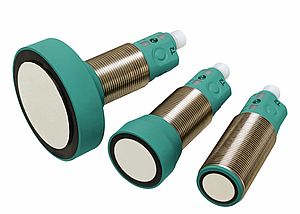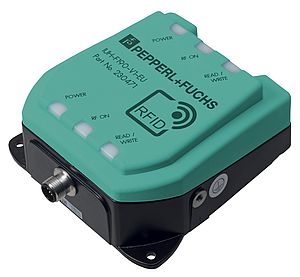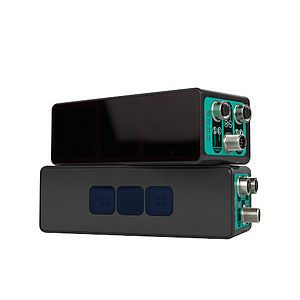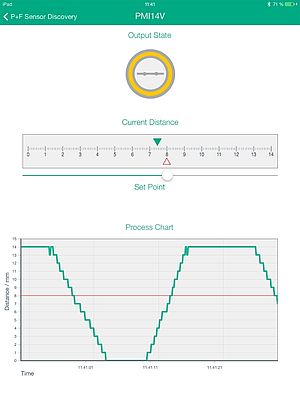The SmartRunner Explorer 3-D from Pepperl+Fuchs can be used to create highly precise 3-D point cloud images in addition to 2-D images and therefore achieve a more detailed representation of objects. The different sensor versions are available with stereo vision or time-of-flight technology (ToF) and can be used in a wide variety of applications; for instance in goods inspection on conveyor belts or pick-and-place applications in robotics.
High-Precision Measurement Results
A high chip resolution enables the generation of extremely detailed 3-D data to produce images of even the smallest objects as well as their physical properties. The optimized depth information in the z direction can open new fields of application.
Standardized Data Structure
The data structure of the devices remains unchanged regardless of which sensor version and technology is selected. This means that software only needs to be written once for a specific device version and can be flexibly transferred to other versions. The integration work required is thus significantly reduced when using multiple sensors.
One Sensor Series - Two Technologies
For short detection range applications, the stereo vision version is equipped with two cameras with a resolution of 1.4 MP. In the first step, the sensor determines a disparity image, which is automatically produced by superimposing two 2-D images. The high-resolution 2-D images enable the sensor to be optimally orientated to the required sensing range, allowing easier interpretation of the measurement results. Once all adjustments are made, a 3-D point cloud image is created. In this way, the stereo vision technology can be used to generate extremely precise, high-resolution images over the entire measuring range.
For dynamic applications with larger detection range, the ToF version has a camera with VGA resolution (640 x 480 px) and a high measuring rate of 30 Hz. This makes it especially suitable for applications with a larger measuring range where faster response times are essential - for example in driverless transport systems. The 940-nanometer infrared light means that the sensor with ToF technology is insensitive to ambient light and can be used equally effectively both indoors and outdoors. The camera first takes what is known as a Z image, which is comparable to the 2-D image of the stereo-vision sensor. In addition, the distance from the object to the sensor is determined and output in the form of a depth image and a heightmap with 2-D information in the x and y directions. This information is used to create a detailed 3-D point cloud image. Furthermore, the four-phase measurement optimizes the useful signal and the measurement results.
Features
The SmartRunner Explorer 3-D has a robust aluminum housing with IP65 protection. The resilient sensor housing easily withstands temperature fluctuations, helping to achieve consistently reliable measurement results.
A mounting aid integrated on the rear of the housing facilitates installation and orientation of the sensor into the application. The sensor can even be oriented completely without tools when a device is exchanged.
Software
SmartRunner Explorer 3-D sensors are configured using the Pepperl+Fuchs software ViSolution. This free software tool features a clear design, intuitive user guidance, and user-friendly device management. 2-D and 3-D data can be generated in just a few clicks and visualized on a desktop PC and, in the future, on mobile devices (Windows, iOS, Android). Once implemented, software settings can be duplicated on all other hardware derivatives, regardless of the technology used.
Moreover, special Vision Libraries are constantly being added to the range, such as ROS (Robot Operating System) drivers, which simplify sensor integration in robotics applications.
Applications
The SmartRunner Explorer 3-D sensors can be used to check the completeness and intactness of carton contents. They also fit the use for precise object detection in Robotics, reliable detection and measurement of pallets, collision avoidance in logistics, or portioning quantities in filling machines.


